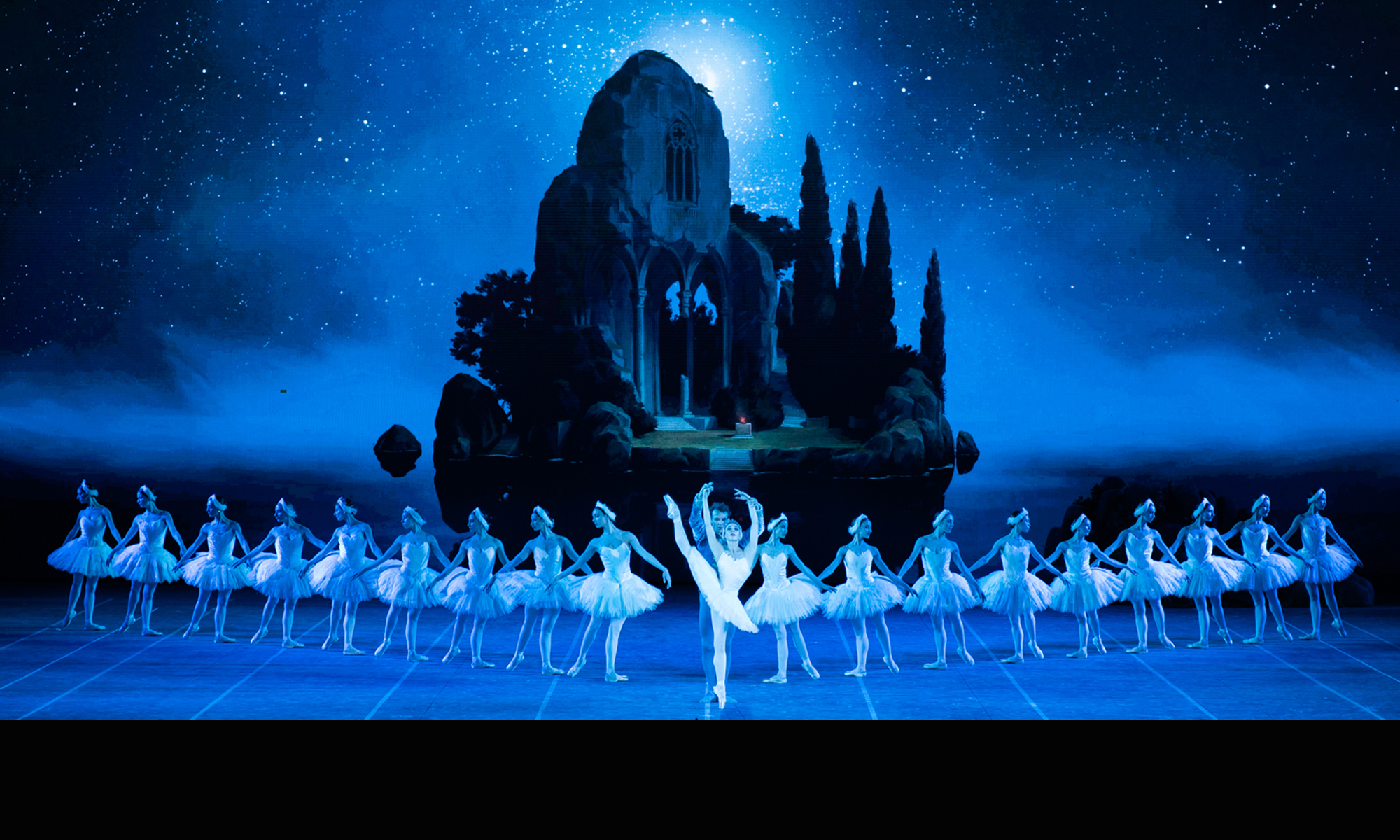“Lady of the Camellias”
Dutch National Ballet
Dutch National Opera & Ballet
Amsterdam, Netherlands
April 10, 2015
by Ilona Landgraf
Copyright © 2015 by Ilona Landgraf
 One feels immediately comfortable at the Dutch National Opera & Ballet, Amsterdam’s principal opera house. Its spacious foyers are flooded with light provided by large windows which allow a panoramic view over the Amstel River. Terraces on various levels are favorite meeting spots of the audience. The house radiates the city’s atmosphere: Amsterdamers are open-minded, easy-going and kind. Special excitement and anticipation was in the air on April 10 at the premiere of John Neumeier’s “Lady of the Camellias”.
One feels immediately comfortable at the Dutch National Opera & Ballet, Amsterdam’s principal opera house. Its spacious foyers are flooded with light provided by large windows which allow a panoramic view over the Amstel River. Terraces on various levels are favorite meeting spots of the audience. The house radiates the city’s atmosphere: Amsterdamers are open-minded, easy-going and kind. Special excitement and anticipation was in the air on April 10 at the premiere of John Neumeier’s “Lady of the Camellias”.
After “Sylvia” in 2011, it is the second piece by Neumeier that the company’s director Ted Brandsen has added to the repertory. Ballets by Hans van Manen, established as the company’s associate and resident choreographer for more than five decades, by Krzysztof Pastor and by David Dawson are the backbone of the schedules. Rudi van Dantzig (1933 – 2012), for twenty years at the helm of Dutch National Ballet, also left his mark as a choreographer. Continue reading “Emotions – that’s what it’s all about”














